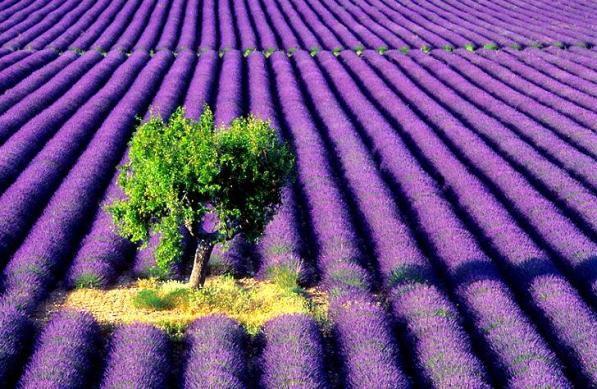Need details on Spanish Lavender? Learn more about the fragrant Spanish Lavender by reading ahead…
Spanish lavenders are very easy to grow in zone 8 to 10. These beautiful flowers create lovely blossoms. The flowers bloom into unique flowers which look like soft tufts one on top of the other. They are normally shaped like pineapples and have dark purple flower bracts which have dark green leaves at the base.
Spanish Lavender is also called by different names which include Italian Lavender or French Lavender. The main reason for this is that the Lavendula stoechas grows profusely in the countryside in France as well as different parts of Italy and Spain.
It’s interesting to note that everyone across these regions wants to lay claim to the origin of this beautiful flower. Seeing its popularity you have got to believe that it’s an excellent flower for many occasions since everyone claims a story regarding its origin.
However, you should note that French Lavender and Italian Lavender along with Spanish Lavender are not different varieties of the same flower. Instead the names denote the region from which the particular plant originates. The two tufts that grow right on top of the Spanish Lavender blue are sterile bracts and look like the ears of rabbits.
Variation of the Spanish Lavender
The Spanish Lavender blooms very heavily throughout spring. Therefore it needs to be trimmed very frequently after it flowers so that you can maintain a good shape on the bush. If it’s provided excellent growing conditions it can bloom into a very tall and hardly plant.
The Spanish Lavender is classified under the Stoechas group of Lavender should you need to categorize it botanically. There are a variety of colors for the Spanish Lavender one of which is the Lavendula viridis which is yellow colored Lavender. Aside from this you have a white version which is known as Lavendula stoechas var ‘alba’ and is native to Italy. The white Lavender is much simpler when compared to the lilac variety.
Growing Characteristics of Spanish Lavender
It is best to plant it in a pot because it’s a very tender perennial. You need full sun to get fragrant and abundant blooms. Your outdoor porch and walkways will be blessed by a Mediterranean feel with this hardy plant.
In fact once the plant has established roots it will become very drought tolerant making it an excellent choice for low maintenance landscaping and plants that allow you to conserve water.
In early spring the dark flower heads start blooming and if you can contrast them with different flowers in gold and yellow you can achieve a perfectly lovely landscape.
After the Spanish Lavender has bloomed completely you must prune it carefully. In this way you can retain a highly attractive and fragrant greenish gray shrub throughout the year in your garden.
While it is native to the Mediterranean and North Africa it is perfect for growing in any humid climate. The flower is antiseptic and has a pine like look along with being exceptionally fragrant. However it is not suitable for cooking.





